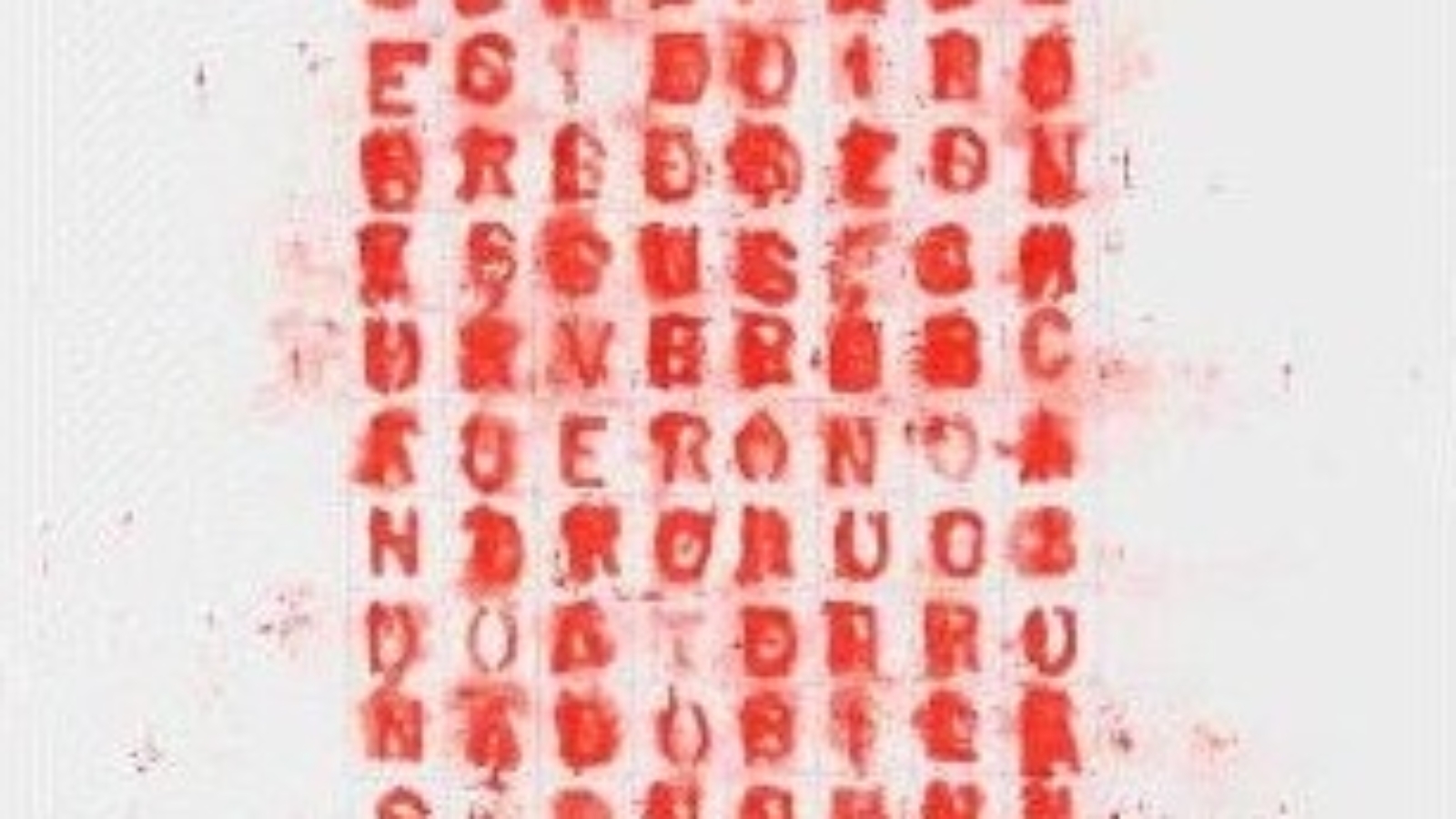Four times a year, the World Policy Journal publishes a magazine of intelligent and thought-provoking writing, investigating pressing issues in global affairs through the Institute’s broad, far-reaching perspective. Recent editions have covered crime and corruption, water and global health. In the next few months, the World Policy blog will issue a selection of articles from this quarter’s fall issue, "The Creative Canon."
WORLD POLICY JOURNAL: Do you consider your work activist art?
MAYRA BARRAZA: I prefer other venues—rather than my own artwork—for activism; that is, for the type of activism that requires organized collective work to bring about substantial social change or awareness. I have always felt concerned and responsible for what goes on around me and have dived into projects dealing with public space, gender issues, and visual arts. This has boomeranged back and forth into my artwork in ways difficult to unravel, but evident I guess in pieces from the “Republic of Death” and “Justice, Mr. President” series.
WPJ: Would you rather be perceived as an artist who is aware and engaged with social issues?
BARRAZA: Aware and engaged, yes, in spite of myself. I make an effort on a daily basis to focus on that very small and insignificant part of the world which surrounds me. But there are so many binding points to social issues at a much larger scale that inevitably I end up working in simultaneous directions: one eye around me, the other inside me, another eye beside me, others beyond me.
The series “Republic of Death” is a good example of that. I had just returned from several years of nomadic wandering elsewhere and was shocked at the daily news I read while sitting contentedly at the breakfast table in my mother’s garden sipping warm sweet coffee. Day after day I read about victims of murders (averaging ten daily), their apparently fortuitous encounter with death with a luxurious show of violence: decapitated, dismembered, shot repeatedly, stabbed, children, women, men of all ages.
The series of works from “Republic of Death” started as self portraits, decapitated self portraits. I felt dead inside, my head alive and reasoning, but feeling unable and disempowered to do anything, tied down to what seemed then like a prophetic fate. But I was alive, and those people in the newspaper were dead. Slowly, this feeling of numbness started to develop into a profound feeling of empathy for the victims and their families, and progressively turned into a feeling of bewilderment as to what was really happening, what was real and how information was reported. I embarked on the blog project “100 Days in the Republic of Death” as a public exercise of permanent awareness of information on murders published in local newspapers, which later turned into a space for debate on issues involving violence: causes, culprits, use of information, treatment of victims, artists’ roles in society, the judiciary system, and more.
The piece brings together two aspects of my view of the Global Canon which I believe unite us all on a common front—the fight and plea against all forms of violence and the use of language and art as a form of communication and understanding.
Mayra Barraza is a visual artist from El Salvador. Her work, “The Republic of Death,” is a transformation of her earlier project, when Barraza kept track of the murder news in El Salvador every day for 100 days. It has been shown in the Pontevedra Biennial in Spain, and will be exhibited in Denmark under the title “Caput Mortuum Suite.” She spoke to World Policy Journal in an e-mail exchange from El Salvador.
“Ahorcados” from Barraza’s series “The Republic of Death,” taken from newspapers clippings of murders in El Salvador. Photo courtesy of the artist.
